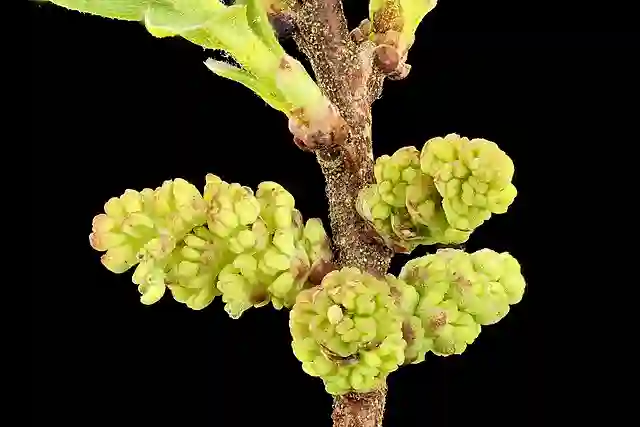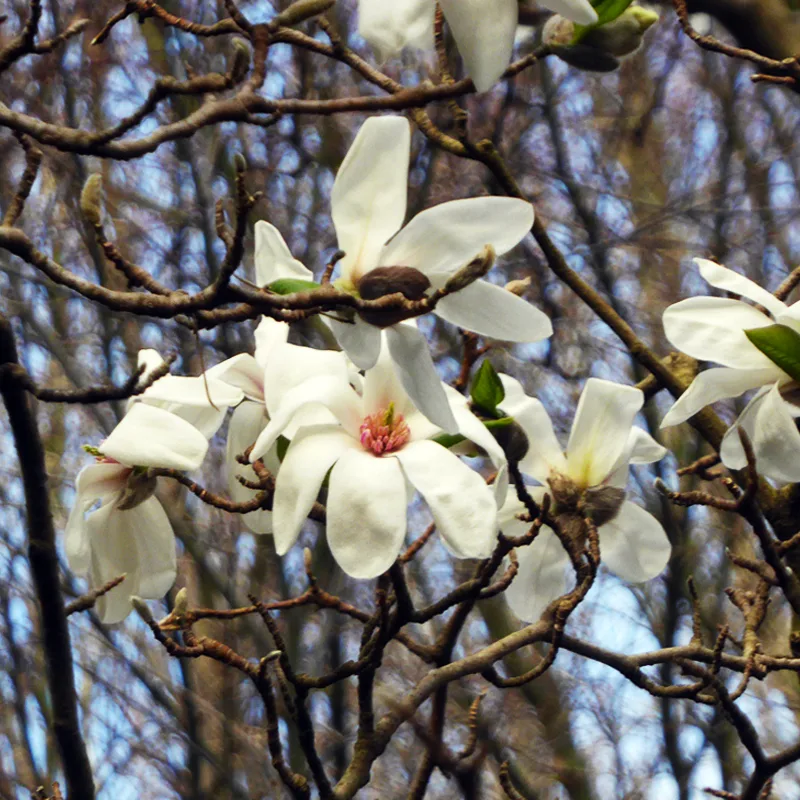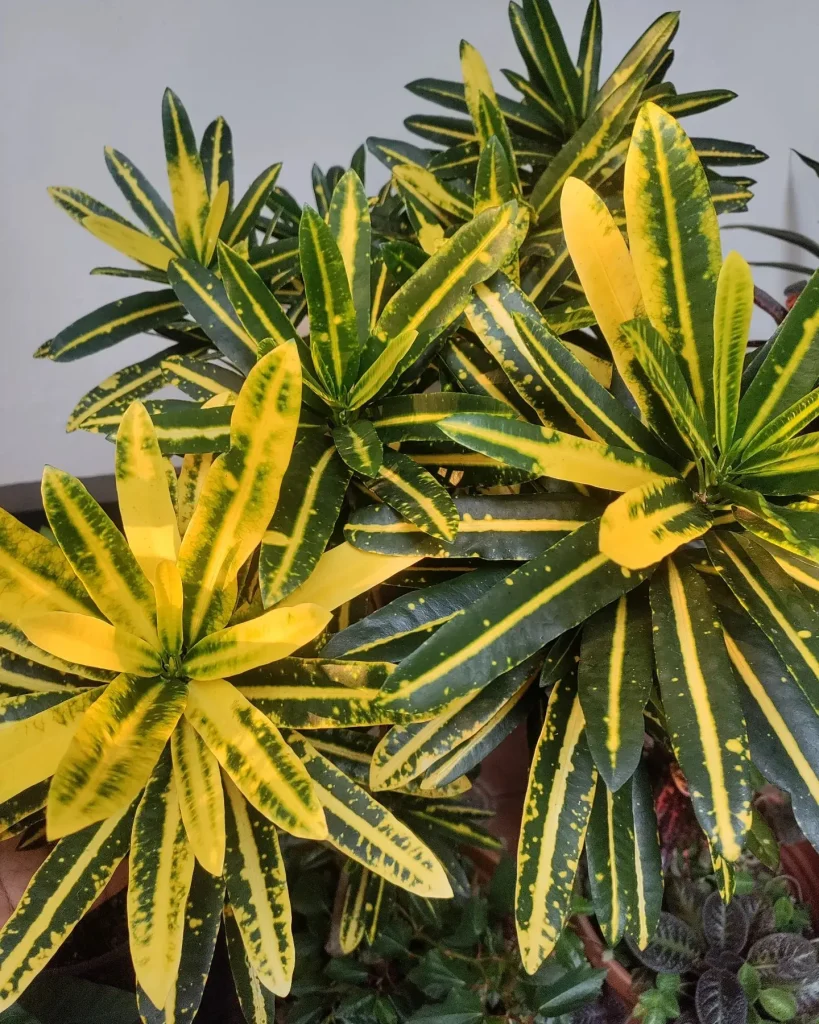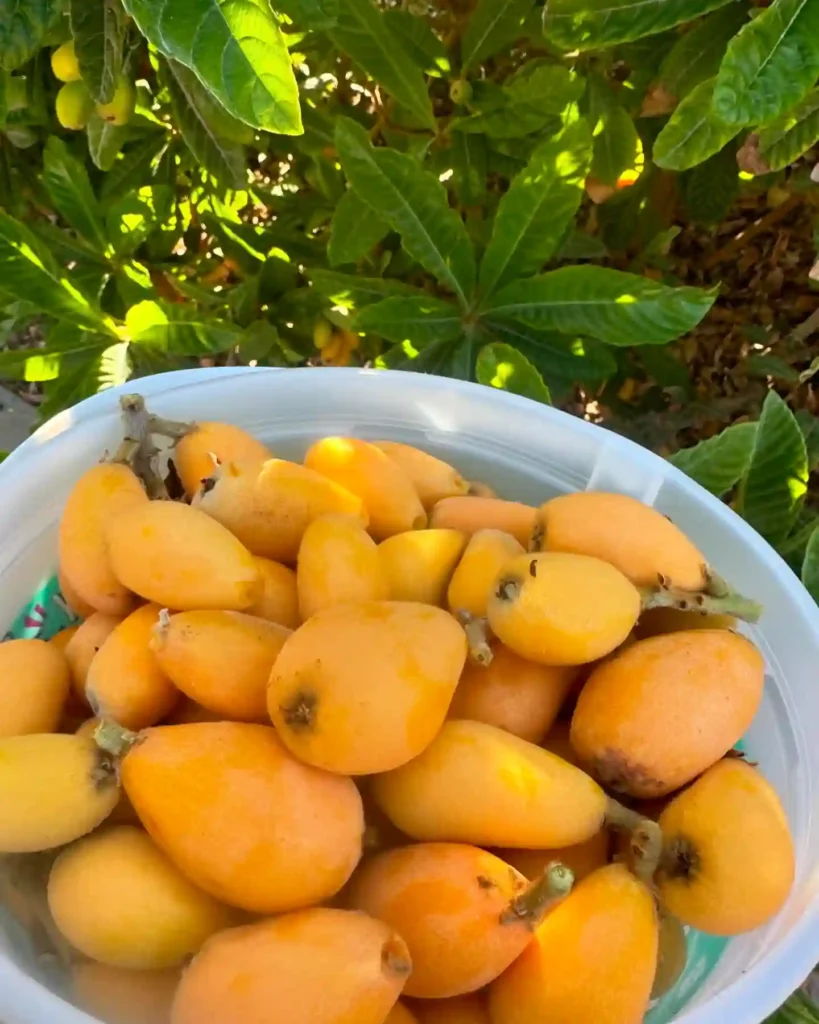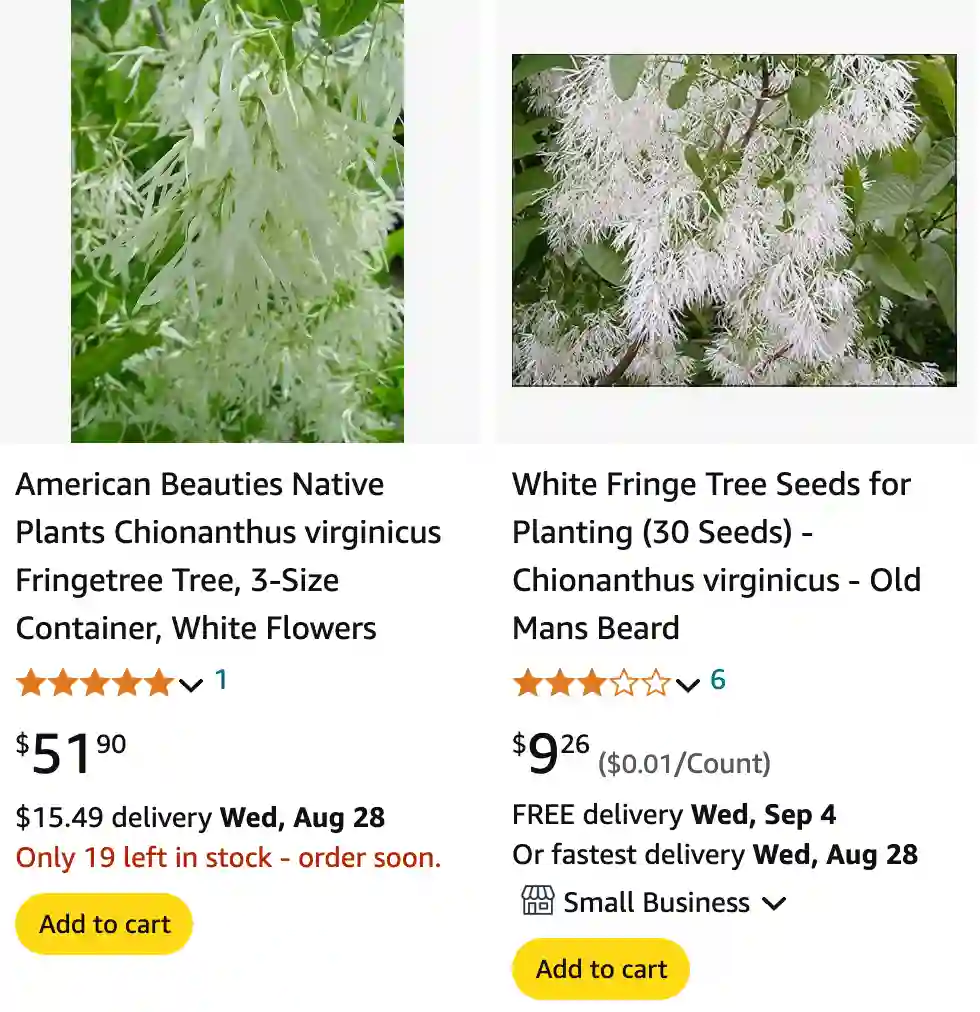
FAQs About Chionanthus Virginicus: A Comprehensive Guide
I’ve been a fan of Chionanthus Virginicus, or the Fringe Tree, for years. It’s a beautiful, low-maintenance tree that offers stunning visual appeal with its delicate white flowers and unique bark. If you’re considering adding this tree to your garden or just curious about its care and characteristics, here’s a detailed FAQ to cover everything you need to know.
141 Species in Genus Chionanthus
Can Chionanthus Virginicus Tolerate Dry Soil?
Chionanthus Virginicus prefers moist, well-drained soil but is surprisingly adaptable. While it does not thrive in very dry conditions, it can tolerate brief periods of drought once established. However, for optimal growth and flowering, regular watering, especially during dry spells, is recommended. It’s crucial to ensure that the soil remains evenly moist but not waterlogged.
Do Chionanthus Virginicus Propagate Themselves?
Chionanthus Virginicus can propagate itself to some extent through seed dispersal. The tree produces small, blue to black berries that are eaten by birds. These birds then spread the seeds to new locations. However, relying solely on natural propagation might not be the most efficient way to expand your garden.
How Do You Propagate Chionanthus Virginicus?
If you’re interested in propagating Chionanthus Virginicus yourself, there are a couple of methods to consider. The most common and reliable method is through seed propagation. To do this, collect the seeds from mature berries in late summer or fall. Soak the seeds for a day to help with germination, then plant them in a seed-starting mix. They should be kept in a cool, moist environment until they germinate, which can take several weeks.
Another method is through softwood cuttings taken in late spring or early summer. Choose healthy, non-flowering stems and dip the cut ends in rooting hormone before planting them in a moist, well-draining medium. Keep the cuttings in a warm, shaded area until they develop roots.
How Fast Do Chionanthus Virginicus Grow?
Chionanthus Virginicus is a slow to moderate grower. On average, you can expect it to grow about 1 to 2 feet per year. This slow growth rate can be beneficial for those looking for a manageable size and less frequent pruning. It can take several years to reach its full height, which ranges from 15 to 30 feet, depending on the growing conditions.
How to Plant Chionanthus Virginicus?
Planting Chionanthus Virginicus is quite straightforward. Start by selecting a location with full sun to partial shade and well-drained soil. Here’s a step-by-step guide:
- Choose a Planting Site: Ensure the spot has enough space for the tree to mature and isn’t in a location prone to waterlogging.
- Prepare the Soil: Loosen the soil and mix in some compost to improve drainage and nutrient content.
- Dig a Hole: Make a hole that is twice as wide as the root ball and the same depth.
- Place the Tree: Position the tree in the hole, ensuring that the top of the root ball is level with the soil surface.
- Backfill and Water: Fill the hole with soil, firming it gently around the root ball. Water thoroughly to settle the soil and eliminate air pockets.
- Mulch: Apply a layer of mulch around the base of the tree to retain moisture and suppress weeds.
How to Prune a Chionanthus Virginicus Fringe Tree?
Pruning Chionanthus Virginicus is essential to maintain its shape and encourage healthy growth. Here’s how to do it:
- Timing: Prune after the flowering season, typically in late summer or early fall.
- Remove Dead or Diseased Wood: Start by cutting out any dead, damaged, or diseased branches.
- Shape the Tree: Thin out overcrowded areas to improve air circulation and light penetration. Aim for an open, balanced structure.
- Cut Back Overlong Branches: Trim any branches that are growing too long or out of proportion.
- Maintenance: Regularly check the tree and perform light pruning as needed to maintain its form.
Chionanthus Virginicus vs. Retusus
When comparing Chionanthus Virginicus with Chionanthus Retusus, there are a few key differences:
- Appearance: Chionanthus Virginicus has slightly more delicate flowers and a more open growth habit compared to Chionanthus Retusus, which tends to have a denser canopy and larger leaves.
- Climate Tolerance: Chionanthus Retusus is generally more tolerant of urban conditions and a broader range of climates.
- Flowering: Both varieties produce attractive white flowers, but Chionanthus Retusus often blooms later in the season.
What is Chionanthus Virginicus?
Chionanthus Virginicus, commonly known as the Fringe Tree, is a deciduous tree native to the southeastern United States. It’s admired for its fragrant, fringe-like white flowers that appear in late spring. The tree also has attractive, dark green foliage that turns yellow in the fall, adding seasonal interest to gardens.
How to Care for Chionanthus Virginicus?
Caring for Chionanthus Virginicus involves a few basic practices:
- Watering: Ensure regular watering, especially during dry periods, but avoid waterlogging.
- Fertilizing: Apply a balanced, slow-release fertilizer in early spring.
- Mulching: Use mulch to retain soil moisture and suppress weeds.
- Pest Control: Keep an eye out for common pests such as aphids and scale, and address any issues promptly.
Is Chionanthus Virginicus Toxic?
Chionanthus Virginicus is generally considered non-toxic to humans and pets. However, it’s always wise to ensure that your pets do not consume large quantities of any plant material, as some plants can cause gastrointestinal upset.
Benefits of Chionanthus Virginicus
- Aesthetic Appeal: The Fringe Tree adds beauty with its unique flowers and graceful form.
- Low Maintenance: It’s relatively easy to care for, requiring minimal pruning and attention.
- Wildlife Friendly: The tree attracts pollinators such as bees and butterflies.
Common Problems
- Pest Issues: Watch out for aphids and scale insects, which can affect the health of the tree.
- Disease: While generally resistant, Chionanthus Virginicus can occasionally suffer from fungal diseases if conditions are overly wet.
What to Plant With Chionanthus Virginicus?
Pair Chionanthus Virginicus with complementary plants such as ornamental grasses, hostas, or shade-tolerant perennials. Its elegant form works well in mixed borders or as a specimen tree in a garden setting.
Chionanthus Virginicus is a wonderful addition to any garden, offering beauty, fragrance, and low-maintenance care. Whether you’re planting it for its aesthetic appeal or its wildlife benefits, it’s a tree that can bring joy for years to come.
If i die, water my plants!
